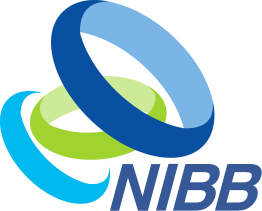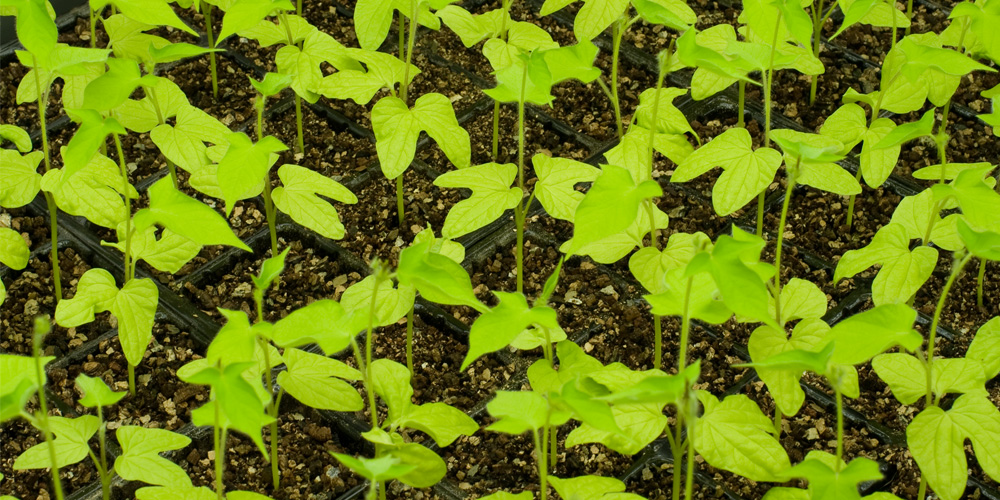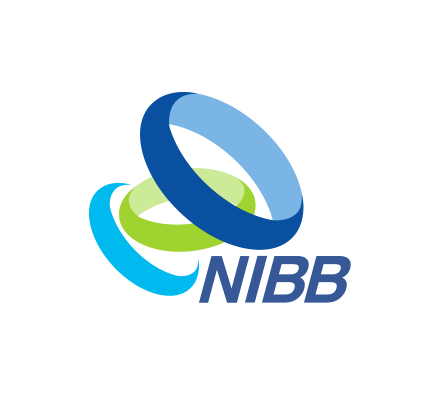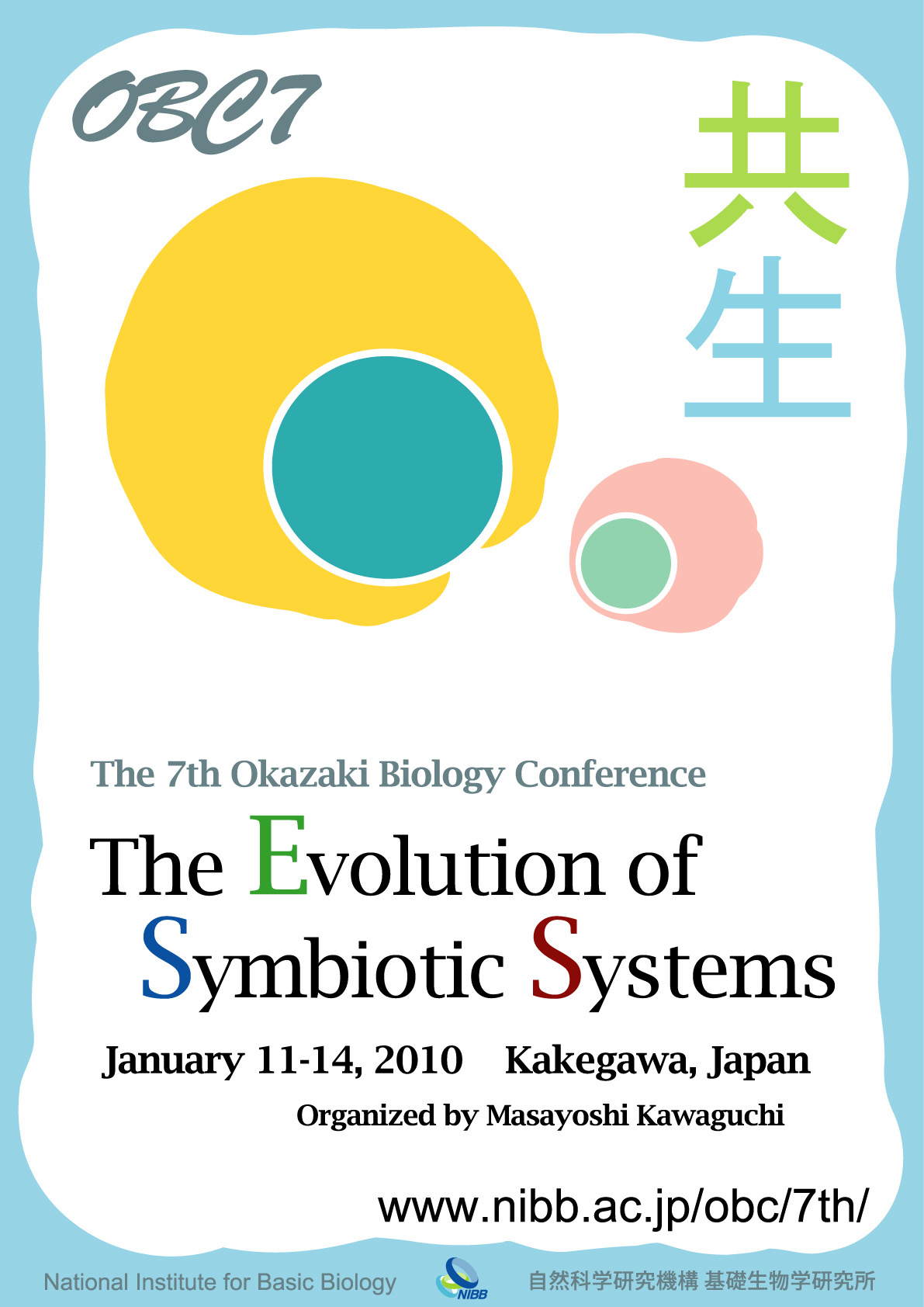
National Institute for Basic Biology




| Organizers | Masayoshi Kawaguchi (NIBB) James Lake (UCLA) |
|---|---|
| Venue | Kakegawa, Japan |
| Date | Jan. 11-14, 2010 |
| Poster |

|
Symbiosis refers to close and often long-term interactions between species. These interactions involve dynamic changes in the genomes, metabolisms, and signaling networks of the symbiotic partners. A unified understanding of these interactions is required when studying symbiotic organisms. To emphasize the enormous variety of symbiotic consortia and the underlying commonalities that relate these systems, the 7th Okazaki Biology Conference (OBC) on “The Evolution of Symbiotic Systems”, was held in January at YAMAHA Resort Tsumagoi, Kakegawa. At the conference we had 35 participants, including 13 researchers from abroad. Following a plenary lecture by James Lake, a co-organizer of the conference, we had 31 research presentations that included 3 talks on newly developing fields given by young scientists. The topics were fantastically diverse from an early prokaryotic endosymbiosis, the evolution of plastids -including the apicoplast of parasitic human malaria, diversity of cultivable and uncultivable endosymbionts, partner shifts in bacterial and mycorrhizal symbioses, interdependent genomes that generate evolutionary novelty, marine symbioses from reef-building corals to crabs that live on sea-floor hydrothermal deposits, plant- pollinator interactions, insect-microbe interactions in aphids and termites, plant- microbe interactions using model legumes, and artificial symbiotic systems. Artificial systems composed of a small set of living organisms looked very promising because they can reduce complexity and provide a platform to address many important questions about natural systems, for example, what are the potential origins of symbioses? What determines the persistence of symbioses? Participants very much enjoyed the discussions and the opportunity to interact with researchers from different fields of symbiosis study. After the conference, six topics from among these various subjects were introduced as a Multi-author Review in the international journal Cellular and Molecular Life Sciences.
One of the important aspects of symbiosis is the generation of novel adaptive traits trough cooperation. Working together, symbiotic organisms can sometimes accomplish biological feats that neither can achieve alone. We hope that this conference will trigger new integrated symbiosis research that achieves what none of the single aspects can achieve alone.

Oral session (Kakegawa)

Oral session (Kakegawa)

Oral session (Kakegawa)

Oral session (Kakegawa)

Seminar (NIBB)

OLab Tour (Aqueous Animal Facility, NIBB)

Banquet

Excursion(Kakegawa Kachoen)

Group Photo
| Jan 11 (Mon) at YAMAHA Resort Tsumagoi | ||
| 16:00-18:30 | Registration at Yamaha Resort Tsumagoi | |
| 18:30- |
Welcome Address Kiyotaka Okada (Director-General, NIBB) History of OBC Yoshitaka Nagahama (NIBB, Japan) Welcome Party |
|
| Jan 12 (Tue) | ||
| Plenary Lecture | ||
| 09:00-09:50 |
“Evidence for an Early Prokaryotic Endosymbiosis”
James A. Lake (UCLA, USA)
|
|
| Session1 Evolution of Plastids | ||
| 09:50-10:20 |
“How Symbiotic Evolution Led to Chloroplast Protein Targeting”
L. Evan Reddick (Univ. Tennessee, USA)
|
|
| 10:20-10:50 |
“The Dinoflagellates: A Natural Laboratory of Plastid Evolution”
Charles F. Delwiche (Univ. Maryland, USA)
|
|
| 10:50-11:20 | Coffee Break | |
| 11:20-11:55 |
“Organelle-Derived Signal Regulates Plant Cell Cycle”
Kan Tanaka (Chiba Univ., Japan)
|
|
| 11:55-12:30 |
“Evolution of Apicomplexan Heme Biosynthesis and Plastid”
Shigeharu Sato (MRC NIMR, UK)
|
|
| 12:30-13:30 | Lunch | |
| Session 2 Interdependent Genomes | ||
| 13:30-14:00 |
“Interdependent Genomes: The Aphid and the Bacterial Symbiont”
Shuji Shigenobu (NIBB, Japan)
|
|
| 14:00-14:35 |
“Rhizobial Counter Measures against Host Plant Defense Mechanisms”
Kazuhiko Saeki (Nara Women’s Univ., Japan)
|
|
| 14:35-15:10 |
“Host-Plant Factor for Rhizobial Symbiotic Nitrogen Fixation”
Norio Suganuma (Aichi Univ. of Education, Japan)
|
|
| 15:10-15:40 | Coffee Break | |
| Session 3 Marine Symbiosis | ||
| 15:40-16:10 |
“The Coral Acropora digitifera Genome Project”
Chuya Shinzato (OIST, Japan)
|
|
| 16:10-16:45 |
“Symbiosis as a Civilized Parasitism: How Coral and Dinoflagellate Partners Keep the Peace”
Virginia M. Weis (Oregon State Univ., USA)
|
|
| 16:45-17:15 | Coffee Break | |
| 17:15-17:50 |
“Chemosynthetic Symbioses in the Deep-Sea - Genomes of Chemosynthetic Symbionts in Deep-Sea Calyptogena Clams -”
Tadashi Maruyama (JAMSTEC, Japan)
|
|
| 17:50-18:25 |
“The Symbiotic Making of a Solar-Powered Sea Slug”
Mary E. Rumpho (Univ. Maine, USA)
|
|
| 18:25-18:55 | General Discussion | |
| 19:00- | Dinner | |
| Jan 13 (Wed) | ||
| Session 4 Plant-Insect Interactions | ||
| 09:00-09:35 |
“The Genetic Architecture of Plant-Pollinator Interactions in Louisiana Irises”
Michael L. Arnold (Univ. Georgia, USA)
|
|
| 09:35-10:10 |
“Plant-Herbivore-Carnivore Relationships Mediated by Leaf Volatiles”
Junji Takabayashi (Kyoto Univ., Japan)
|
|
| 10:10-10:40 | Coffee Break | |
| Session 5 Diversity of Endosymbionts and Partner Shift | ||
| 10:40-11:15 |
“Comparative Bacterial Endosymbiont Diversity from Lucinisca nassula andPhacoides pectinata (Lucinidea: Bivalvia): Hints of Dual Symbiosis”
Annette Summers Engel (Louisiana State Univ., USA)
|
|
| 11:15-11:50 |
“Mycorrhizal Symbiosis and Evolution of Myco-Heterotrophy in Plants”
Jun Yokoyama (Yamagata Univ., Japan)
|
|
| 11:50-12:25 |
“Community Shifts in Legume-Associated Microbes by Host Symbiotic System and Nitrogen”
Kiwamu Minamisawa (Tohoku Univ., Japan)
|
|
| 12:25-13:25 | Lunch | |
|
Excursion: Kakegawa Flower & Bird Garden |
||
| Session 6 Insect-Microbe Symbiosis | ||
| 15:30-16:05 |
“Symbiotic Xyleborus System: An Ideal Extreme Biofacies”
Dale M. Norris (Univ. Wisconsin, USA)
|
|
| 16:05-16:40 |
“Genomes of Symbiotic Bacterial Species in Termite Gut”
Yuichi Hongoh (Tokyo Inst. Tech., Japan)
|
|
| 16:40-17:10 | Coffee Break | |
| 17:10-17:45 |
“The ‘Entangled Bank’ of an Intracellular Symbiosis: Mobile Genetic Elements inWolbachia”
Seth Bordenstein (Vanderbilt Univ., USA)
|
|
| 17:45-18:20 |
“Evolutionary Origin and Biological Function of Insect Endosymbionts”
Takema Fukatsu (AIST, Japan)
|
|
| 18:20-18:50 | General Discussion | |
| 19:00-20:30 | Banquet | |
| Session 7 New Developments by Young Scientists | ||
| 20:30-21:00 |
“Molecular Analysis of Symbiotic System in Arbuscular Mycorrhiza”
Naoya Takeda (NIBB, Japan)
|
|
| 21:00-21:30 |
“Nitrogen-Fixing Symbiosis between the Actinobacterium Frankia and Trees”
Ken-ichi Kucho (Kagoshima Univ., Japan)
|
|
| 21:30-22:00 |
“Hatena arenicola: An Ongoing Secondary Endosymbiosis?”
Haruyo Yamaguchi (Univ. Tsukuba, Japan)
|
|
| Jan 14 (Thu) | ||
| Session 8 Artificial Symbiotic Systems | ||
| 09:00-09:35 |
“Phenotypic Plasticity for the Establishment of Symbiosis”
Kazufumi Hosoda (Osaka Univ., Japan)
|
|
| 09:35-10:10 |
“Synthetic Yeast Cooperation: An Experimental and Mathematical Approach”
Wenying Shou (Fred Hutchinson Cancer Res. Ctr., USA)
|
|
| 10:10-10:40 | Coffee Break | |
| Session 9 Symbiotic Systems of Microbes | ||
| 10:40-11:15 |
“Network Reconstruction Approaches for the Cyanobacterial Symbiont Nostoc punctiforme”
Holger Jenke-Kodama (OIST, Japan)
|
|
| 11:15-11:50 |
“How Does a Photo-/Heterotrophic Endosymbiosis Evolve?: An Experimental Analysis of the Endosymbiotic Evolution in a Long-Term Microcosm Culture”
Toshiyuki Nakaj ima (Ehime Univ., Japan)
|
|
| Session 10 Symbiotic Signaling | ||
| 11:50-12:20 |
“Symbiotic Roles of Rhizobial Type III Secretion Systems”
Shin Okazaki (Nara Women’s Univ., Japan)
|
|
| 12:20-13:30 | Lunch | |
| 13:30-14:05 |
“Host Plant Ethylene Production and Perception Structures the Culturable Root Bacterial Endophyte Community of Nicotiana attenuata”
Ian T. Baldwin (Max Planck Inst., Germany)
|
|
| 14:05-14:40 |
“Two Plant-Microbe Symbioses Governed by the Common System”
Makoto Hayashi (NIAS, Japan)
|
|
| 14:40-15:15 |
“The Evolution of Root Nodule Symbiosis in Legume”
Masayoshi Kawaguchi (NIBB, Japan)
|
|
| 15:15-15:45 | General Discussion | |
| 15:45- | Concluding Remarks Masayoshi Kawaguchi (NIBB, Japan) | |
Message (Message.pdf)
Abstract (Abstract.pdf)
Speakers (Speakers.pdf)
Access (Access.pdf)
Accommodation (Accommodation.pdf)